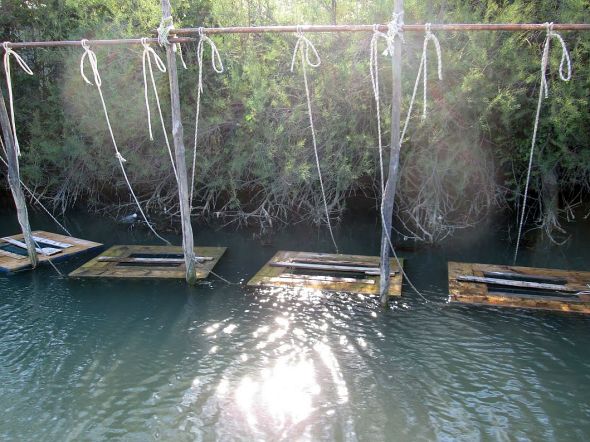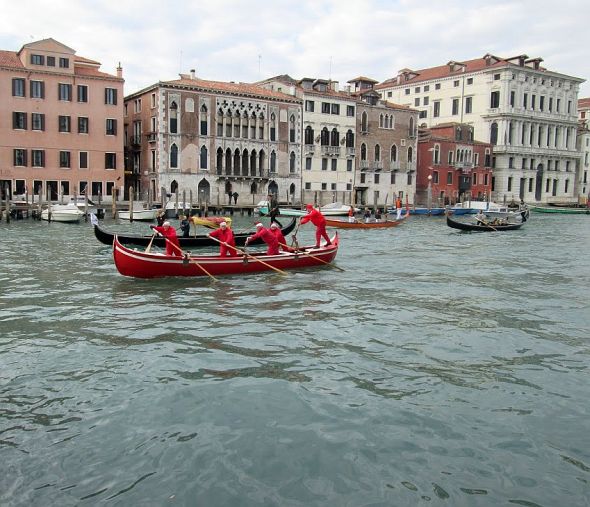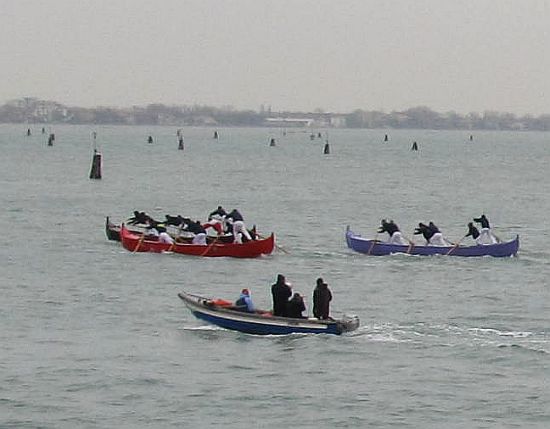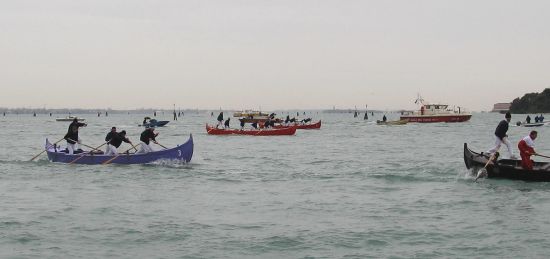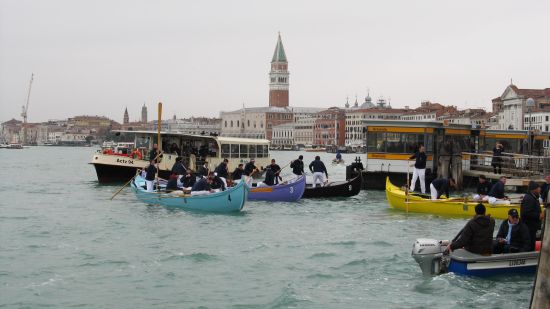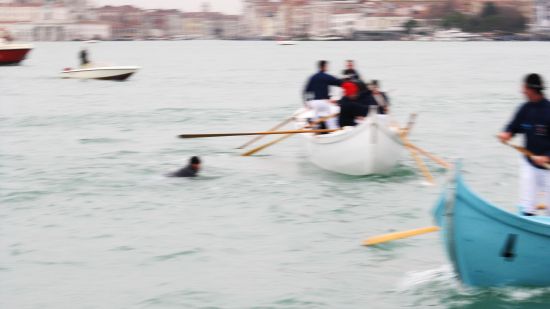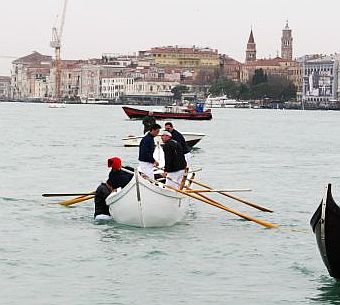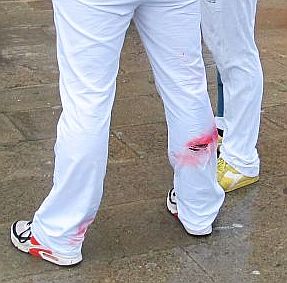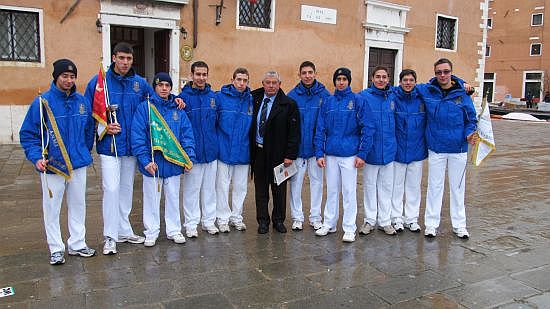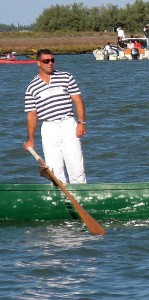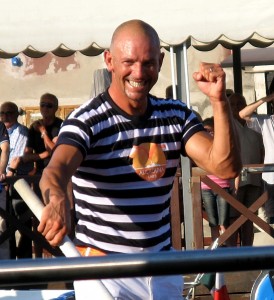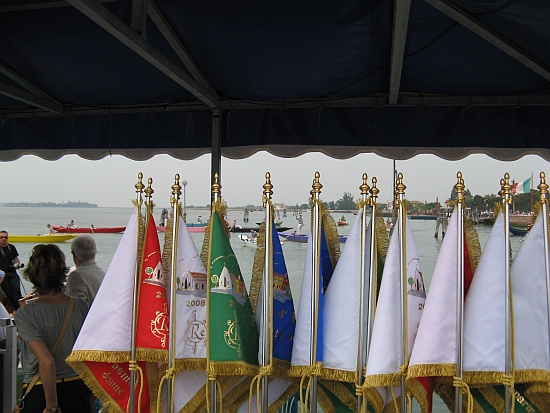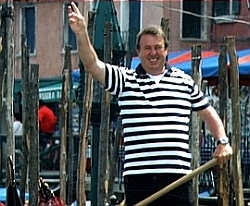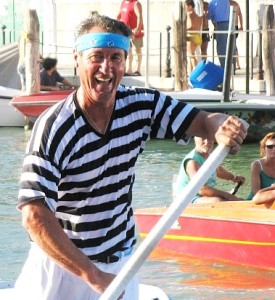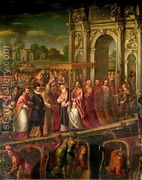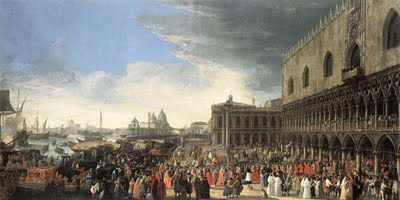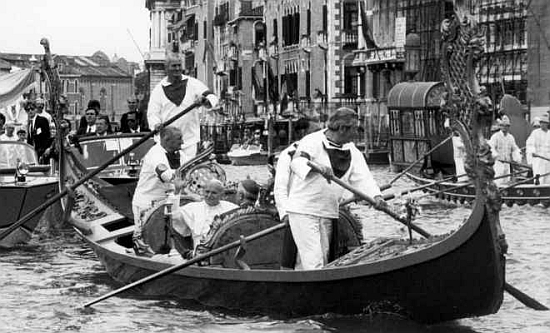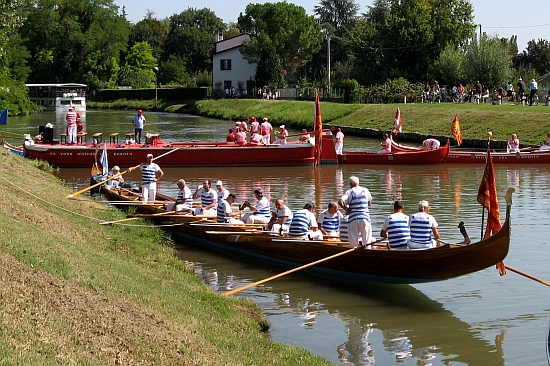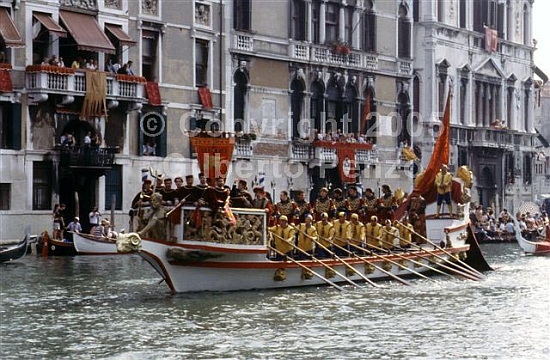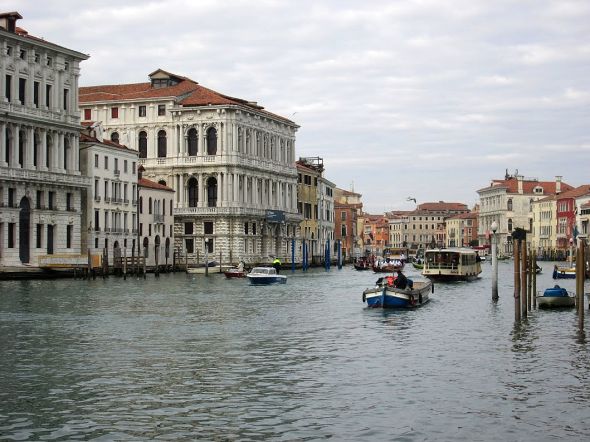
A few days ago (last Monday, if anyone cares) there was a funeral. In this city that hardly counts as news. But it was the funeral of a young man — I consider 61 to be young — who had had a solid if untrumpeted career as a racer. Umberto Costantini, nicknamed “Burielo,” was at the top of his game in his twenties, during the Eighties and early Nineties, and the newspaper was full of the glorious Venetian-rowing names, some of them much, much older than he, who came to do him homage.
The homage, according to what I read, was some of the best you could ever hope for, especially from this squabbling band. “A great athlete and a good man,” stated several re del remo, the greatest champions, some of whom had rowed with him. “In this world, full of controversy, he never argued with anybody,” said one of the greatest arguers of them all.
A few days before his passing, the paper reports, a group of the all-time great rowers went to visit him in the hospital. “Ostrega,” he said, using the preferred Venetian expression for wow, good grief, heavens to Betsy, “I must really be in bad shape if you’re all here….”
He wanted a corteo, or boat procession, for his funeral, like the one he participated in when Bruno “Strigheta,” his friend and fellow Burano native, died two years ago. And so it was.
Unhappily, it was on a workday morning, which cut into the number of participants somewhat. Not having been a rock-star name, that also may have left him somewhat unknown and unappreciated in the general rowing world. Even more unhappily, there were people who knew him who just went to work as usual — we passed two gondoliers who were also Burano natives, and racers, as we wandered around town, who were clearly planning to be in their boats soon, but boats full of tourists. That seemed harsh.
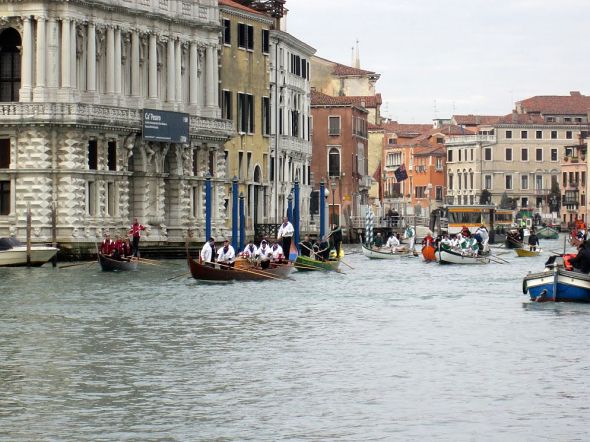
As it happens, I have my own small memory of “Burielo” — small to me, but an event that was big for him. I hadn’t even heard of him till then. It was 1997, and I was watching the Regata Storica sitting in a boat not far from the finish line. Here the gondolinos came, thundering, so to speak, toward the finish line. It’s definitely the peak moment of a peak experience, the entire world was screaming and yelling and shrieking and so on.
Burielo was in the bow, and Bruno dei Rossi (“Strigheta”) was astern. They were in third place and rowing like mad to stay there, side by side, nose to nose, with the Busetto brothers, battling it out. The finish line was only, I’m guessing, 30 seconds away. Four men turbo-rowing — it was wild. But one man ran out of gas first: Burielo.
All at once, with that beautiful green pennant hopefully clutched in his (mental) hands, he stopped rowing, then collapsed. I remember seeing him crumple down in the boat. Just like that. Two boats passed as the gondolino slid forward on its own momentum — I can’t do justice to his state of mind, not to mention his partner’s — and they came in fifth. No pennant, and definitely no glory. The ambulance zoomed up and he was headed — in another sort of turbo-manner — to the hospital, where he was checked in for a serious tachycardia.
That was the last time he rowed a gondolino, that’s for sure, and evidently the last time he raced, period. You can understand that it would have been difficult to qualify for the required medical certificate. Maybe he didn’t even try.
The human part of me is very sad this happened. The secret mad-dog competitor part of me is sad that it happened before they could rip that green pennant from the (mental) hands of the Busettos.


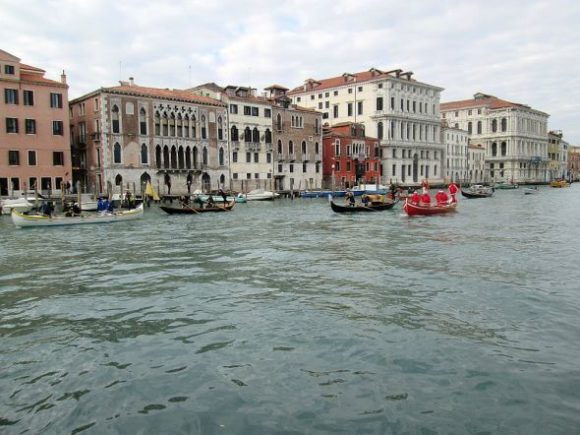
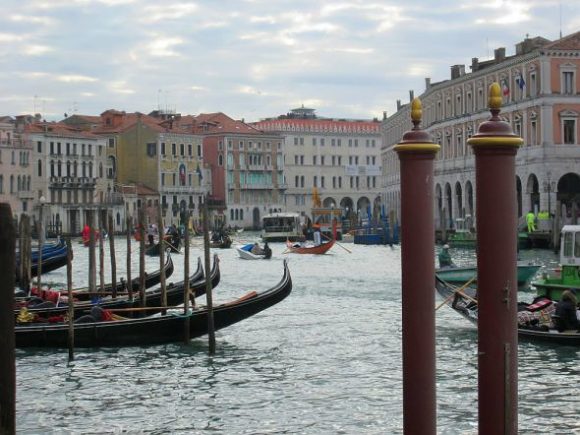
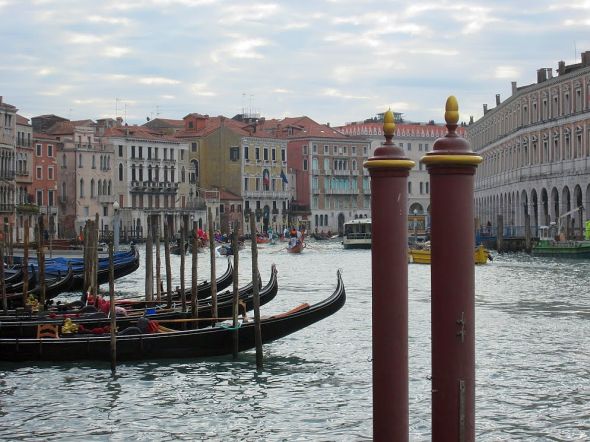
I forgot to mention that he had a life beyond racing. He was a molecante, a type of fisherman who catches crabs and cultivates them in submerged wooden cages called vieri till they reach the stage where they shed their shells and become moeche (soft-shelled crabs) and can be sold at the market for a freaking king’s ransom.
The general procedure is this: A fisherman (which used to be most, and now some still, men on Burano) goes out into the lagoon and strings his nets along poles he drives into the mud. He goes out and checks what has run into the net. He divests the net of whatever is in it — all sorts of fish, and lots and lots of crabs. (You can see these little crabs running around the shallows any time you are out in a boat. Lino says that if you walk around in the semi-soft mud and then retrace your steps, each footprint will contain a crab. He doesn’t know why. I confirm that I have seen this.)
The fisherman separates the various critters and sells them, except for the crabs. He’ll sort out the good ones, and put them in the vieri. Every day or so he’ll pass to check on them, and takes out whichever are ready for market, tables, and unnumbered Swiss bank accounts. They are currently selling at the Rialto for 60 euros per kilo, or $30 per pound, more or less. I don’t know how much the molecante makes from that. My experience of life leads me to assume that it would be dramatically less than that, but that’s not the point of this little cadenza. The cadenza is that Burielo used to do this, and now (I hope) he’s doing it in heaven, because he loved it.

